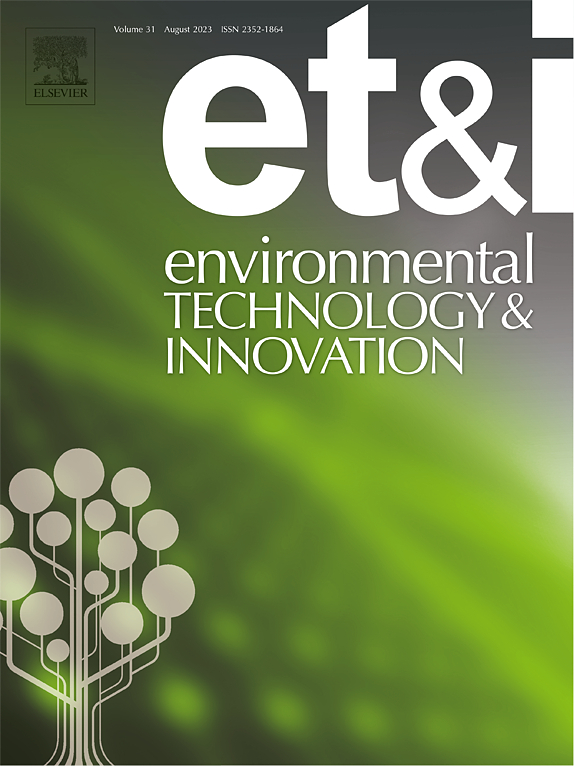Comparative investigation of various framework atom substituted MWW-type molecular sieves for methyl chloride adsorption
IF 6.7
2区 环境科学与生态学
Q1 BIOTECHNOLOGY & APPLIED MICROBIOLOGY
引用次数: 0
Abstract
To effectively remove the harmful methyl chloride (CH3Cl) via an adsorption technique, it is crucial to enhance the surface characteristic of adsorbent. In this study, we prepared various heteroatom-substituted MWW-type zeolitic adsorbents through a simple hydrothermal treatment and investigated the effect of CH3Cl adsorption according to the substituted hetero elements. We systematically investigated the structural properties, chemical state of framework atoms, concentrations of hydroxyl groups, and amounts and strength of Lewis acid sites of the prepared zeolitic adsorbents. Among the studied adsorbents, the aluminosilicate Al-MWW exhibited the highest concentration and the strongest strength of Lewis acid site, coupled with moderate hydrophilicity. Despite its moderate hydrophilicity, this Al-MWW showed the highest CH3Cl adsorption capacity primarily due to its highest Lewis acidic properties. When the differences in Lewis acid concentrations were not significant, hydrophilicity played the second role in CH3Cl adsorption. Furthermore, the superior amount and strength of Lewis acid site of Al-MWW compared to the other x-MWW adsorbents resulted in the highest concentration and strongest affinity for chemisorbed CH3Cl.
求助全文
约1分钟内获得全文
求助全文
来源期刊

Environmental Technology & Innovation
Environmental Science-General Environmental Science
CiteScore
14.00
自引率
4.20%
发文量
435
审稿时长
74 days
期刊介绍:
Environmental Technology & Innovation adopts a challenge-oriented approach to solutions by integrating natural sciences to promote a sustainable future. The journal aims to foster the creation and development of innovative products, technologies, and ideas that enhance the environment, with impacts across soil, air, water, and food in rural and urban areas.
As a platform for disseminating scientific evidence for environmental protection and sustainable development, the journal emphasizes fundamental science, methodologies, tools, techniques, and policy considerations. It emphasizes the importance of science and technology in environmental benefits, including smarter, cleaner technologies for environmental protection, more efficient resource processing methods, and the evidence supporting their effectiveness.
 求助内容:
求助内容: 应助结果提醒方式:
应助结果提醒方式:


